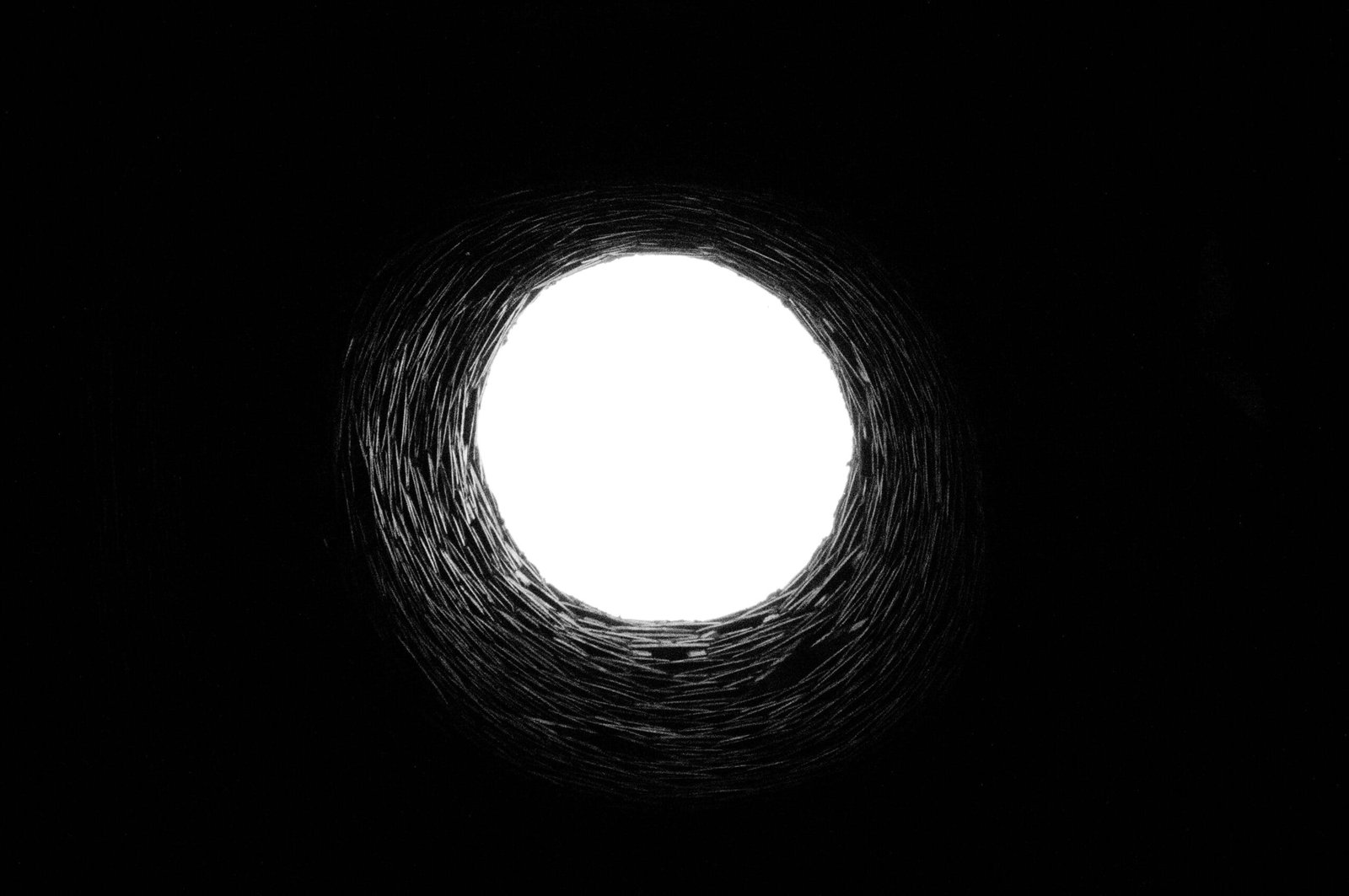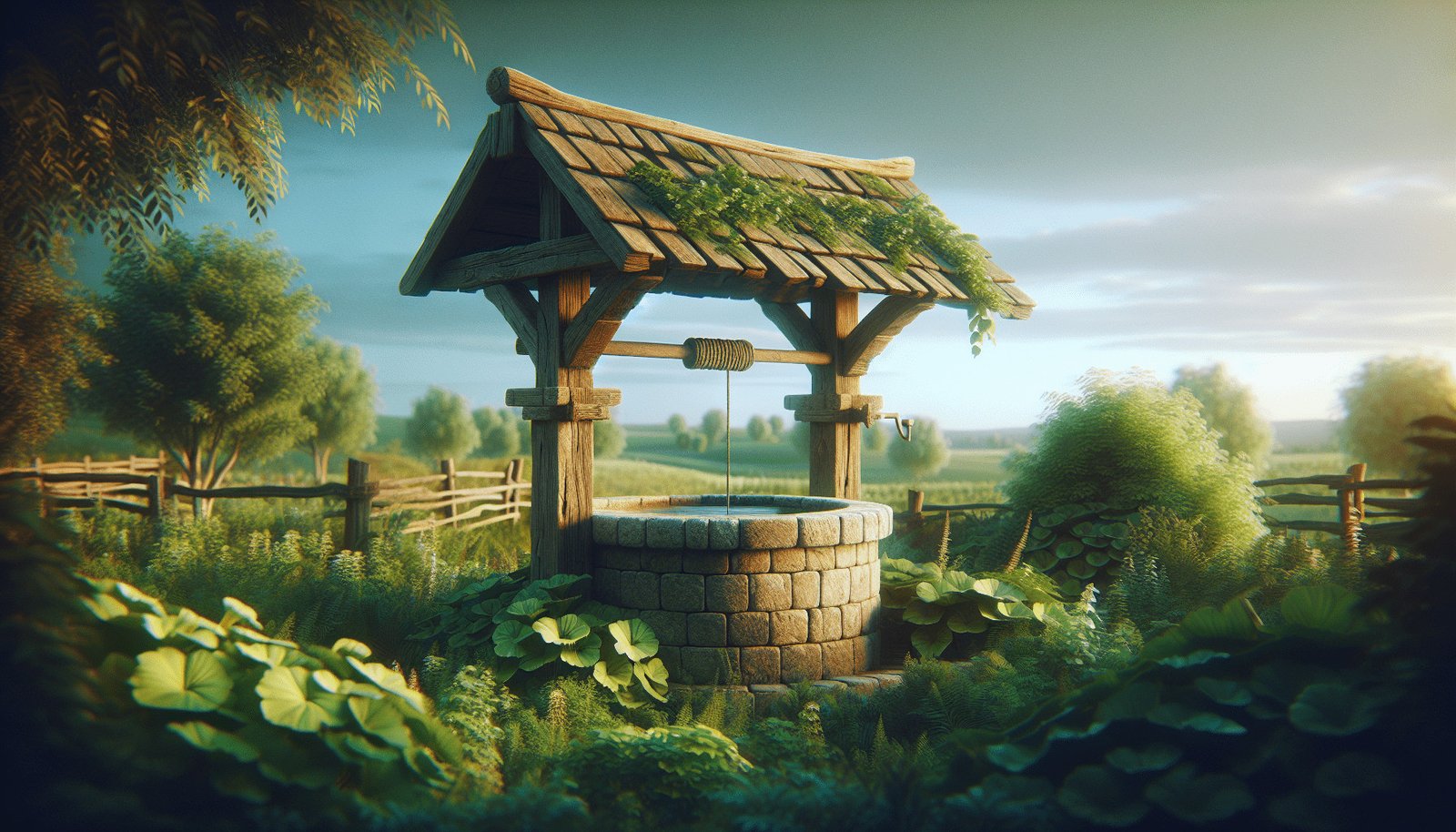Have you ever wondered how to take care of your well system to ensure it continues to provide you with clean and safe water? When you have a private well, maintaining it is crucial for your household’s water safety and system longevity. While it might seem tedious or complicated, keeping your well in top shape can be broken down into manageable steps.
Understanding Your Well System
Before you dive into maintenance tips, it’s important to understand the basics of your well system. Knowing the components of your system will help you address problems faster and maintain each part effectively.
Components of a Well System
Your well system generally includes the well itself, a pump, pipes, and a pressure tank. Each of these parts plays a critical role in drawing water from underground and delivering it to your home.
- The Well: Essentially a hole drilled into the ground to access water stored in underground aquifers.
- The Pump: Installed either in the well (submersible pumps) or above ground (jet pumps), and it serves to move water from the well to your home.
- The Pipes: Transport water from the well to your home.
- The Pressure Tank: Regulates water pressure and stores water to minimize pump usage, prolonging its life.
Importance of Well Maintenance
Proper maintenance is vital to prevent well contamination and system failures. Regular inspections and upkeep protect your water supply from pollutants and can save you money in the long run by identifying issues before they become costly repairs.
Regular Well System Maintenance Tasks
Maintaining your well system involves several tasks that are simple enough to do on your own or with professional help, depending on your comfort level.
Regular Inspections
It’s recommended that you inspect your well system annually. This involves checking the condition of the well cap, ensuring the area around the well is clean and free of contaminants, and visually ensuring there are no obvious signs of damage or leaks.
Testing Water Quality
Test your well water annually for bacteria, nitrates, and any other concerns specific to your area, like arsenic, lead, or volatile organic compounds (VOCs). Knowing what’s in your water helps you take the right steps to treat it and ensure its safety for drinking, cooking, and bathing.
Checking for Obstructions and Damage
Ensure there are no obstructions around the well. Tree roots and other large objects should be kept at a distance to avoid any possible damage to the well structure and components.

Understanding Common Well System Problems
With any system, problems can arise. Being aware of these common well issues can help you respond promptly and effectively.
Low Water Pressure
A drop in water pressure can suggest several issues, such as a faulty pump, a leak in the pipes, or a problem with the pressure tank. Checking these components can help identify the root cause.
Contamination
If your water tests show contamination, immediate action is required. Contaminants can enter your well water through surface runoff, septic systems, or agricultural activities. Correct treatment and consulting with a specialist are essential steps in addressing contamination.
Air in the System
Air sprays from faucets can indicate a broken pipe or that the pump is not functioning correctly. Investigate the source to avoid further damage to the system.
Hydrofracking Service for Wells
You might have heard about hydrofracking as a method to improve your well’s water yield. Here’s what you need to know.
What is Hydrofracking?
Hydrofracking, or hydraulic fracturing, is a method used to enhance the production capacity of a well by creating or expanding fractures in the surrounding rock. Water, combined with a small amount of sand, and at times other chemicals, is injected at high pressure to push open rock fissures, allowing more water to flow into the well.
When to Consider Hydrofracking
If your well is not producing enough water or the yield has significantly decreased, hydrofracking might be a solution. Consult with a well professional to ensure it’s appropriate for your system.
Benefits and Considerations
- Benefits: Increased water flow, extending the life of the existing well without needing to drill a new one.
- Considerations: Not suitable for all situations. Requires careful assessment by professionals to avoid causing damage to the well.
Hydrofracking can be an effective way to improve water yield, but it’s not always necessary and should be considered after evaluating all other issues and solutions.

Professional Versus DIY Well Maintenance
Deciding whether to manage well maintenance yourself or hire professionals depends on several factors, including the complexity of the task, your comfort level, and the potential consequences of mishandling system components.
DIY Maintenance
For simpler tasks, such as basic visual inspections or checking for obstructions, doing it yourself can be both cost-effective and straightforward.
When to Hire a Professional
When facing more complex issues like water treatment for contamination or changes in your well system requiring technical knowledge, hiring a professional is advised. Their expertise ensures that all aspects of your well system are handled correctly, maintaining your water supply’s safety and reliability.
Steps to Take if You Encounter a Problem
Even with regular maintenance, problems can occur. Here’s a step-by-step guide on what to do if your well system isn’t functioning properly.
Step 1: Diagnose the Problem
Identifying the problem correctly can help avoid unnecessary repairs or costs. Check obvious reasons like power supply for pump issues or visible leaks and blockages.
Step 2: Consult or Hire a Professional
If the issue persists or if it’s beyond a simple fix, consult with a well maintenance professional. Their insight can guide you to a proper solution, ensuring the safety and functionality of your system.
Step 3: Decide on a Solution
Based on the professional diagnosis, decide the appropriate action. Whether it’s replacing a pump, treating water, or scheduling hydrofracking, make an informed decision to restore your system.

Tips for Long-Term Well System Health
Maintaining a well system doesn’t end with fixing a problem. Here are some tips to ensure your well continues to run smoothly for years.
Schedule Routine Check-Ups
Regularly scheduled professional inspections and maintenance can catch problems early, helping you avoid bigger, more expensive repairs.
Keep Detailed Records
Maintain records of all inspections, maintenance activities, and water quality tests. This not only helps in spotting trends but also in making informed decisions when issues occur.
Educate Yourself
Stay updated on well maintenance tips, new technologies, and regional environmental concerns that could affect your water supply. Knowledge empowers you to manage your well system efficiently.
Conclusion
Taking care of your well system is vital for ensuring consistent access to clean, safe water. By understanding your system, performing regular maintenance, addressing problems promptly, and considering professional services when necessary, you can enjoy a reliable water supply and extend the life of your well. With the right knowledge and approach, well maintenance becomes an easy part of managing your home, keeping your water safe for you and your family.


